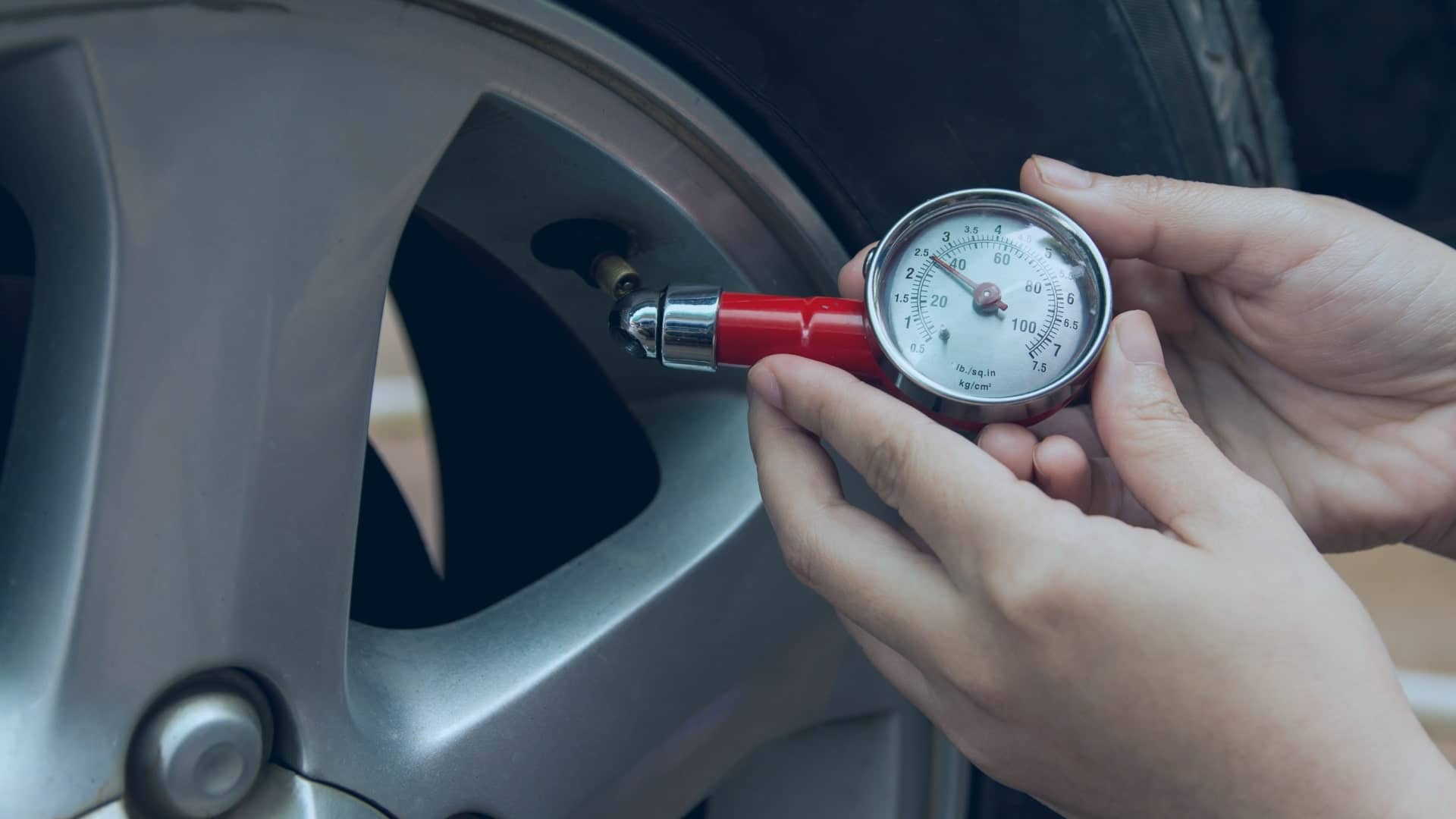In an era where technology is rapidly advancing, ensuring the safety and efficiency of vehicles on the road is paramount. One significant development in the automotive industry is the Wireless Tire Pressure Monitoring System (TPMS). In this comprehensive blog, we will delve into the world of wireless TPMS, exploring what it is, why it is essential, what users should consider when purchasing one, and its numerous advantages. Buckle up as we take a closer look at this innovative technology that is revolutionizing the way we monitor tire pressure.
What is a Wireless Tire Pressure Monitoring System?
Before diving into the intricacies of wireless TPMS, let’s first understand what it entails. A Tire Pressure Monitoring System, or TPMS, is a mechanism designed to monitor the air pressure inside a vehicle’s tires and alert the driver in case of any deviations from the recommended pressure levels.
Traditionally, TPMS relied on direct monitoring, which involved sensors mounted inside the tire to provide real-time pressure information. However, wireless TPMS takes a step further by utilizing wireless technology to transmit data to a central unit, often displayed on the vehicle’s dashboard. This wireless connection allows for more convenient and efficient monitoring of tire pressure, making it an indispensable tool for modern drivers.
Why it is Needed?
Enhanced Safety
Maintaining proper tire pressure is essential for road safety. Underinflated tires can lead to reduced handling, longer braking distances, and an increased risk of blowouts. On the other hand, overinflated tires can result in a harsher ride and reduced traction. Wireless TPMS offers drivers a real-time glimpse into their tire pressure, enabling them to take immediate action when needed. This proactive approach to tire maintenance significantly reduces the chances of accidents caused by tire-related issues.
Improved Fuel Efficiency
Maintaining the correct tire pressure can also positively impact fuel efficiency. Underinflated tires create more rolling resistance, forcing the engine to work harder and consume more fuel. By consistently monitoring tire pressure, drivers can optimize their fuel consumption, saving money and reducing their carbon footprint.
Prolonged Tire Life
Properly inflated tires wear more evenly, which means they last longer. Wireless TPMS helps users keep their tires within the recommended pressure range, leading to extended tire life. This not only reduces the frequency of tire replacements but also contributes to cost savings over time.
Peace of Mind
One of the significant benefits of wireless TPMS is the peace of mind it offers to drivers. Knowing that your tires are always in good condition and within the recommended pressure range reduces anxiety during long journeys. It also minimizes the risk of experiencing tire-related issues in remote or challenging road conditions.
What Users Should Look for When Buying a Wireless Tire Pressure Monitoring System
Now that we’ve established the importance of wireless TPMS, let’s discuss what users should consider when purchasing one:
Sensor Quality and Accuracy: Look for TPMS systems that include high-quality sensors known for their accuracy. Reliable sensors are essential to ensure that you receive accurate tire pressure readings.
Display Unit: Check the quality and clarity of the display unit. It should be easy to read, especially while driving. Some models offer both visual and audible alerts, making it easier for drivers to stay informed.
Battery Life: Consider the battery life of both the sensors and the display unit. Longer battery life means less frequent replacements and reduced maintenance costs.
Installation and Maintenance: Ensure that the installation process is straightforward, and vehicle maintenance is hassle-free. Some wireless TPMS systems require professional installation, while others are designed for easy DIY setup.
Compatibility: Check if the Wireless Tire Pressure Monitoring System is compatible with your vehicle. Different systems may have specific requirements or limitations, so make sure it suits your needs.
Connectivity Range: Evaluate the wireless range between the sensors and the display unit. A more extensive range can provide better coverage and more reliable data transmission.
User-Friendly Interface: Choose a system with an intuitive user interface that allows for easy navigation and customization of settings.
Price vs. Features: Consider your budget and weigh it against the features offered by different TPMS systems. While some models may be more affordable, others may provide additional functionality and convenience.
Reviews and Ratings: Research customer reviews and ratings to gain insights into the real-world performance and reliability of the wireless TPMS system you are considering.
Advantages of a Wireless Tire Pressure Monitoring System
Real-Time Monitoring: Wireless TPMS provides real-time tire pressure data, allowing drivers to respond promptly to any deviations from the recommended pressure levels.
Improved Safety: By alerting drivers to underinflated or overinflated tires, TPMS reduces the risk of accidents and blowouts, enhancing road safety.
Enhanced Fuel Efficiency: Maintaining proper tire pressure optimizes fuel efficiency, leading to cost savings over time.
Prolonged Tire Life: Properly inflated tires wear evenly, resulting in longer-lasting tires and reduced replacement costs.
Reduced Maintenance: Wireless TPMS minimizes the need for frequent manual pressure checks, reducing maintenance efforts and costs.
Peace of Mind: Drivers enjoy peace of mind knowing their tires are always in good condition, especially during long journeys or challenging road conditions.
Easy Installation: Many wireless TPMS systems are designed for easy installation, allowing users to set them up without professional assistance.
Conclusion
In conclusion, a Wireless Tire Pressure Monitoring System (TPMS) is an essential tool for today’s drivers, offering numerous benefits such as enhanced safety, improved fuel efficiency, prolonged tire life, reduced maintenance, and peace of mind. When purchasing a wireless TPMS, users should consider factors such as sensor quality, display unit clarity, battery life, installation, compatibility, connectivity range, user interface, price, and real-world reviews.
As technology continues to advance, wireless TPMS is becoming more accessible and user-friendly, making it a valuable addition to any vehicle. By keeping your tires properly inflated, you not only ensure your safety on the road but also save money in the long run. So, make the wise choice and invest in a wireless TPMS to enjoy a smoother, safer, and more efficient driving experience.



